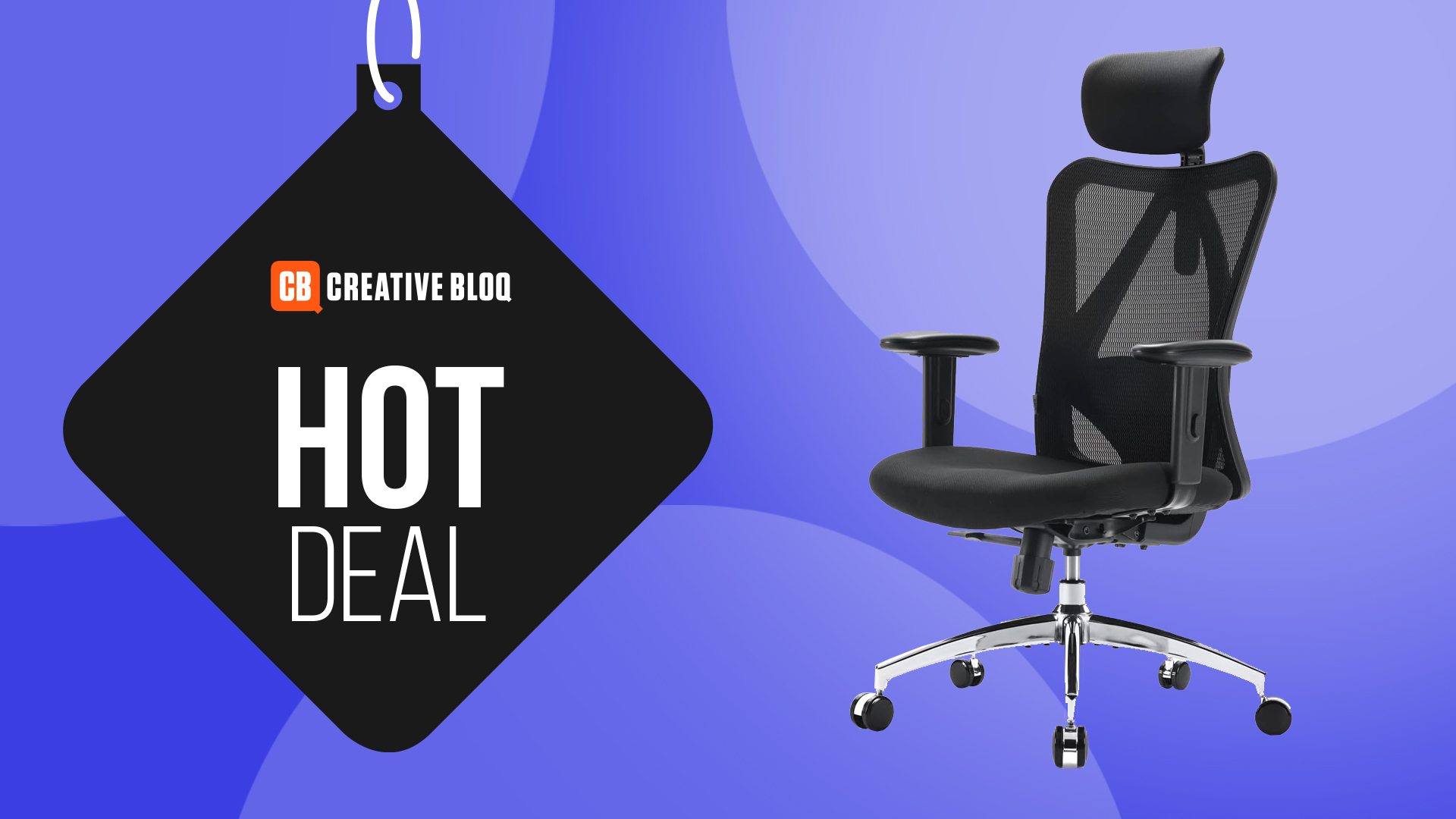Building for speed, part two
In the concluding part of 3D World's tutorial on creating a vehicle for a next-gen game, we look at the process of texturing the car and exporting the file ready for use.
The first part of this two-part tutorial focused on creating a car model suitable for use in a next-generation game, using a mixture of polygonal and subdivision surface techniques. In the support files, additional objects such as windscreen wipers and the antenna have been added and the shut lines cut out and bevelled to complete the model ready for the second part of the tutorial.
This walkthrough explores the process of texturing, testing and exporting the car. First, to set up the scene for UV unwrapping, you will group all panels that will be on the same texture sheet and apply a chequered texture, so that the flow of the UVs can be seen more easily. Then you will UV unwrap all the panels and arrange the UVs onto these separate texture sheets. To add realism to a car paint shader, an Ambient Occlusion map will be created and edited in Photoshop. This map will then be used together with a Layered Texture in Maya to blend the Ambient Occlusion map with a colour, so that the colour of the vehicle could be changed without needing to create multiple colour textures. Following this you will create texture maps for front and rear lights, adding an alpha channel that will control the reflectivity. After the material set-up is complete, the car vehicle can be tested with an environment map so that you can see how the reflections on its surface might appear in the game.
Finally, the scene will be set up so a game engine would be able to 'read' all data contained in the file. Specific naming conventions will be used, attributes added to group nodes and their pivots will be set so that the doors, bonnet and boot rotate around their hinge positions correctly. As a last step, the scene will be cleaned up to remove its History and any unused nodes which may have built up during its creation.
The processes covered in this article are complex and game-specific, so it is intended as an overview of the workflow, not a complete step-by-step guide. We are also assuming that you have some previous Maya experience, although scene files are provided for you to deconstruct.
Click here to download the support files ( 9MB)
Get the Creative Bloq Newsletter
Daily design news, reviews, how-tos and more, as picked by the editors.

Thank you for reading 5 articles this month* Join now for unlimited access
Enjoy your first month for just £1 / $1 / €1
*Read 5 free articles per month without a subscription

Join now for unlimited access
Try first month for just £1 / $1 / €1

The Creative Bloq team is made up of a group of art and design enthusiasts, and has changed and evolved since Creative Bloq began back in 2012. The current website team consists of eight full-time members of staff: Editor Georgia Coggan, Deputy Editor Rosie Hilder, Ecommerce Editor Beren Neale, Senior News Editor Daniel Piper, Editor, Digital Art and 3D Ian Dean, Tech Reviews Editor Erlingur Einarsson, Ecommerce Writer Beth Nicholls and Staff Writer Natalie Fear, as well as a roster of freelancers from around the world. The ImagineFX magazine team also pitch in, ensuring that content from leading digital art publication ImagineFX is represented on Creative Bloq.
